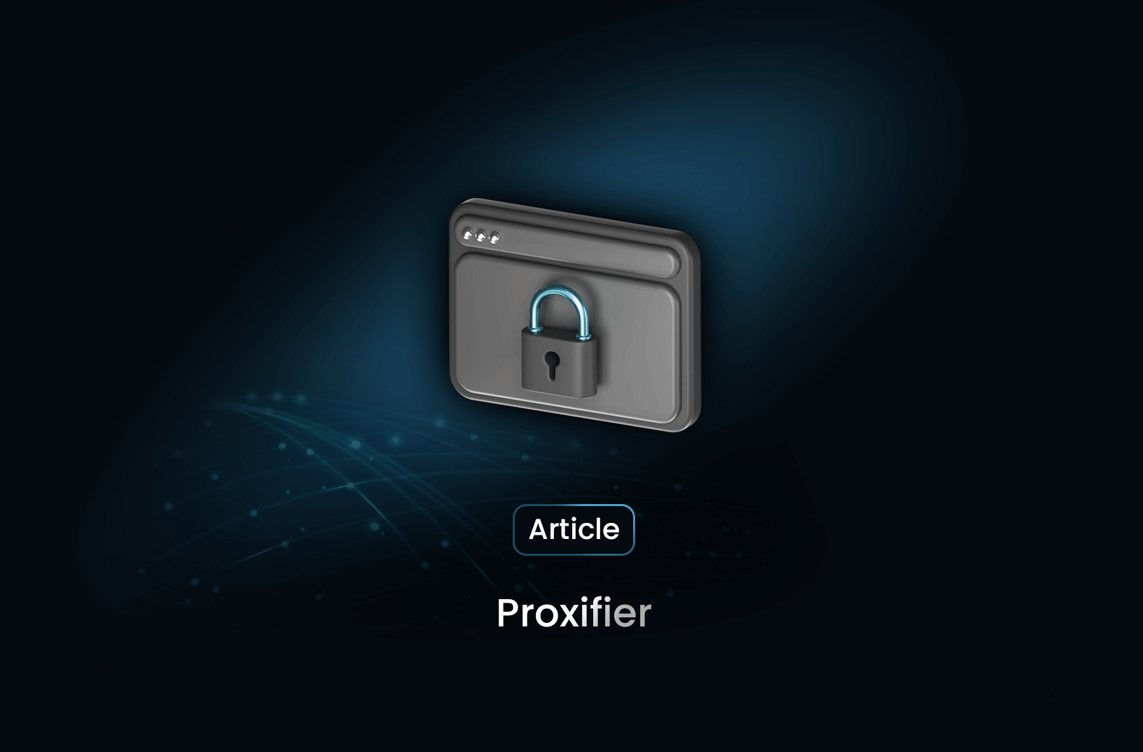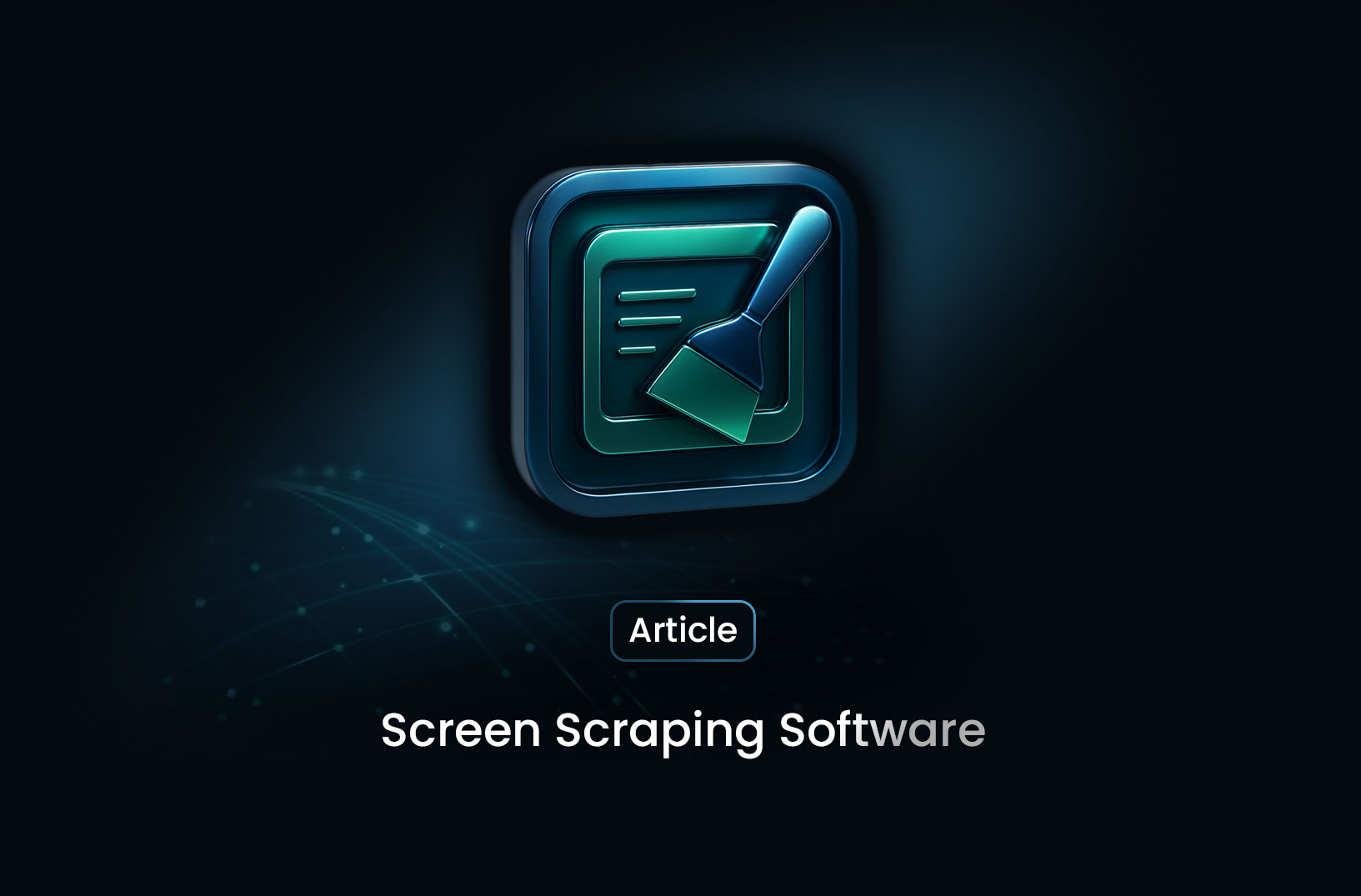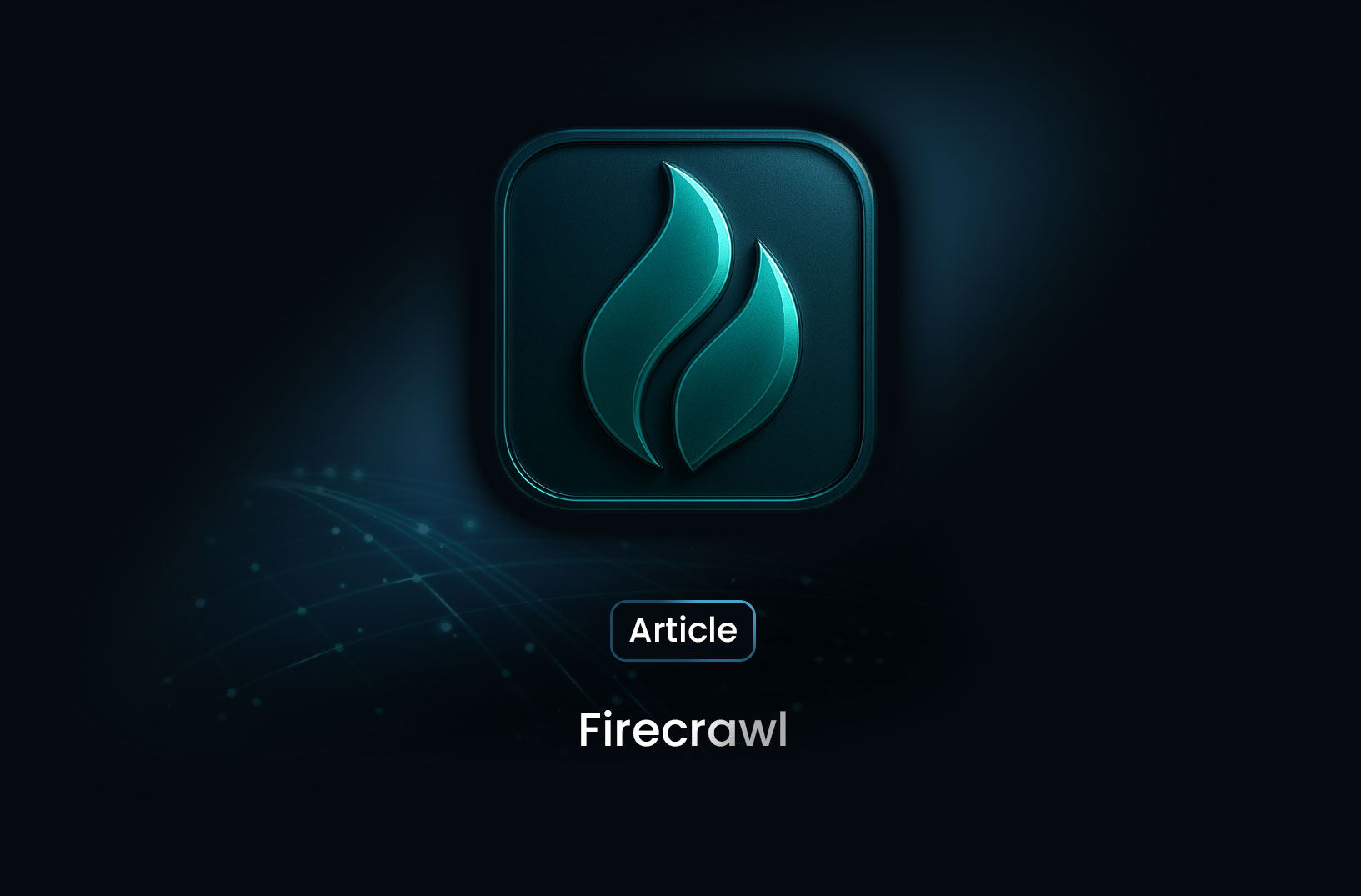
A Technical Guide with Proxifier
GuideProxifier is a powerful networking tool that allows users to route their internet traffic through proxies.
What is Proxifier?
Proxifier is a powerful networking tool that allows users to route their internet traffic through proxies. By redirecting applications that do not natively support proxies, Proxifier enables enhanced privacy, security, and the ability to bypass network restrictions. It is widely used in scenarios such as web scraping, accessing geo-restricted content, and secure browsing.
Key Features of Proxifier
- Proxy Integration: Route traffic through HTTP, SOCKS, or HTTPS proxies.
- Application-Level Proxying: Force specific applications to use a proxy even if they lack native support.
- Network Diagnostics: Monitor and log network traffic for troubleshooting.
- Advanced Rules: Define granular routing rules based on applications, hosts, or IP ranges.
- Cross-Platform Support: Available for Windows, macOS, and mobile devices.
Why Use Proxifier?
Proxifier is essential in environments where:
- Applications require proxy access but do not have native proxy support.
- Network restrictions need to be bypassed using proxy servers.
- Enhanced anonymity is desired through proxy chaining.
- Comprehensive monitoring of network traffic is required.
Technical Setup
Here is a step-by-step guide to configuring Proxifier:
- Download and Install Proxifier
- Visit the official Proxifier website to download the application.
- Install it following the on-screen instructions.
- Add a Proxy Server
-
Open Proxifier and navigate to
Profile>Proxy Servers. -
Click
Addand enter the proxy server details:- Address: Proxy server IP or domain name.
- Port: Proxy server port number.
- Protocol: Choose between SOCKS4, SOCKS5, or HTTPS.
-
Test the proxy connection to ensure it works.
- Define Proxy Rules
- Go to
Profile>Proxification Rules. - Add a rule to route specific applications or hosts through the configured proxy.
- Verify Traffic Routing
- Open the target application.
- Use Proxifier’s log viewer to confirm the traffic is routed through the proxy.
Using Proxifier with Python
For users looking to integrate Proxifier functionality programmatically, Python can be used in combination with proxies to achieve similar results. Below is an example:
### Example: Routing Requests through Proxies
import requests
# Define the proxy configuration
proxies = {
"http": "http://username:password@proxy_address:port",
"https": "https://username:password@proxy_address:port"
}
# Send a request through the proxy
try:
response = requests.get("https://httpbin.org/ip", proxies=proxies, timeout=10)
print("Response Status Code:", response.status_code)
print("Response IP:", response.json())
except requests.exceptions.RequestException as e:
print("An error occurred:", e)
Explanation
- Proxy Details: Replace
proxy_address,port,username, andpasswordwith your proxy server details. - Timeout Handling: The
timeoutparameter ensures the script does not hang indefinitely. - Error Handling: Includes basic error handling for network issues. This setup works seamlessly with Proxifier if the tool is configured to enforce proxy rules at the system level.
Use Case: Enhancing Web Scraping with Proxifier
Problem
Web scraping often encounters restrictions such as IP bans or geo-blocking, limiting the effectiveness of scraping tools.
Solution
Proxifier can route the traffic of web scraping tools like Mrscraper through rotating proxies, bypassing such restrictions.
Step-by-Step Implementation
- Configure Rotating Proxies: Obtain a pool of rotating proxies from a proxy provider.
- Set Up Proxifier: Add the rotating proxies to Proxifier and configure rules to route the scraping tool’s traffic through these proxies.
- Launch the Scraping Tool: Use a tool like Mrscraper and ensure it’s running through Proxifier’s configured proxies.
- Monitor Logs: Analyze Proxifier’s logs to ensure the tool is cycling through proxies effectively.
Result
Proxifier enhances the scraping tool’s capabilities by maintaining anonymity, bypassing geo-restrictions, and preventing IP bans.
Conclusion
Proxifier is a versatile tool that empowers users to route traffic through proxies with ease. Its robust features make it an excellent choice for various applications, including web scraping and bypassing network restrictions. For advanced web scraping needs, consider using Mrscraper. It simplifies data extraction and integrates seamlessly with tools like Proxifier to offer unparalleled scraping efficiency.
Find more insights here

Error Code 520: What It Means, Why It Happens, and How to Fix It Quickly
Error Code 520 explained: what it means, why Cloudflare triggers it, common causes, and how to fix o...

Screen Scraping Software: What It Is, How It Works, and the Best Ways to Use It in 2025
A complete guide to screen scraping software in 2025—use cases, differences from web scraping, and h...

Firecrawl Explained: What It Is, How It Works, and Why Developers Use It
A complete 2025 guide to Firecrawl. Learn what Firecrawl is, how it works, key features, use cases,...
